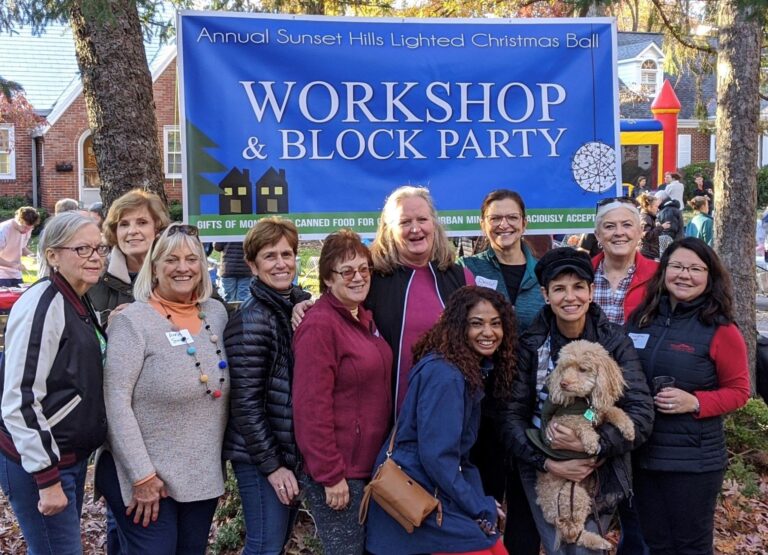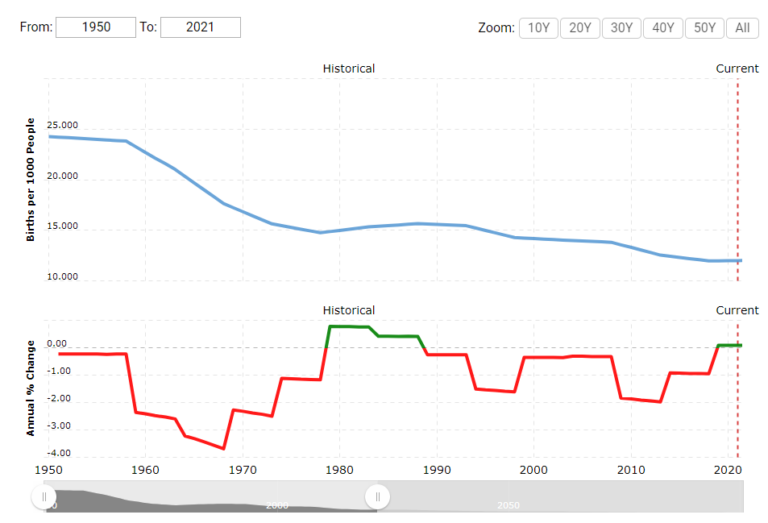PSLF: The Best Student Loan Program for Non-Profit and Government Employees
The most advantageous program for non-profit and government employees is PSLF (Public Service Loan Forgiveness.) It features the shortest payoff period (10 years!) and tax-free loan forgiveness (which could be worth tens if not hundreds of thousands of dollars!)
PSLF sounds good, but the process for forgiveness can be complicated. And considering that only 2% of people who have applied for PSLF have had their loan forgiven, you are in good company if you don’t understand it. Below we’ll cover the three PSLF requirements, how to confirm that your payments are counting as qualified payments, and our thoughts on this program sticking around.
Requirements
Right Loan: Only Federal Direct Loans are eligible for PSLF forgiveness. FFEL’s (Federal Family Education Loan) don’t qualify unless they are consolidated into Federal Direct Loans (but beware of capitalization). To know if your loans are Federal Direct loans, check studentaid.gov to see a list of all of your government loan details. If you have private loans, they will not show up under this database and won’t qualify for forgiveness.
Right Job: Public service is at the heart of PSLF, and to qualify for forgiveness, the borrower will need to consider both their occupation and their employer. Some qualifying occupations/employers include:
- Public education
- Police officers
- Health care workers
- Social workers
- Federal, state, county, local or tribal government employees
- Public interest lawyers
- Non-profits/501(c)(3) employees
- A more detailed list of qualifying jobs can be found HERE.
While most non-profit jobs qualify, some exceptions include jobs that involve proselytizing, worship services, religious instruction, labor unions, and partisan political organizations.
Once in the right job, you must work full-time, as defined by the employer, or a minimum of 30 hours per week. Thankfully, you don’t need to stay at the same employer for the entire ten year period. You could work for five years at one, move to the private sector, and come back for another 5-year stint to complete your forgiveness requirements. Lastly, a qualifying job must pay a salary; volunteer work is NOT sufficient.
Right Payments: The borrower must make 120 qualifying payments, with only one payment allowed per month. Payments must be made under an Income-Driven Plan (ICR, old IBR, new IBR, PAYE, REPAYE, Standard 10 year plan). In other words, even if I have the right loan and the right job, I wouldn’t qualify for PSLF if I was under the graduated repayment plan.
Buttoning Up A PSLF Strategy
When going through the PSLF process, you never receive a written contract from the government saying they promise to forgive your loans. You have to obey the rules, and after meeting all of the qualifications, then you apply for forgiveness. However, we recommend that you keep track of your progress towards 120 qualifying payments by filing an employment certification form every six months. You should keep a digital history of these payment confirmations because FedLoan has been known to keep sloppy records. And since FedLoan is the only servicer for PSLF, you don’t have any other options. Finally, it is crucial that when your ten years are up, you don’t quit your job and run out of the office yelling, “FREEDOMMMM!” as PSLF requires qualifying employment when the application is submitted and granted, so wait until loans are forgiven to turn in your notice.
Case Study
Jimmy works in marketing and is trying to decide between working with longhopes donkey shelter (non-profit) or working for the local HVAC company. The donkey shelter can pay him $45,000 per year, but the local HVAC company has offered him $60,000 per year. Assuming he will stay at these salaries for the next ten years, what is the better option?
Assumptions:
Federal Direct Student Loans: $80,000
Accrued Interest: $8,000
Interest Rate: 4.5%
Tax Filing Status: Single
Dependents: 0
Tax Bracket: 22%
Let’s assume that $912 per month is unaffordable for Jimmy, so we’ll compare the two PAYE programs. With the non-profit, Jimmy will have a lower income which will decrease his required payment, in turn, allowing him to save $125 per month (that he can invest), finish his payments ten years early, and have $0 in taxes on his loan forgiveness.
Overall, PSLF provides a savings of $105,831, which comes out to $10,583 per year. After taxes (22% fed + 4.75% state) this means the PSLF benefit is worth $14,447.92 per year ($10,583.10 / 0.7325), bringing Jimmy’s non-profit income up from $45,000 to $59,447.92 + $1,500 of payment savings = $60,947.92. Now that salary isn’t a large variable; he can make a decision based on what job he would most enjoy.
This isn’t considering the other levers Jimmy can pull to lower his income-based payment. Some strategies include IRA, HSA, 401k, 457, 403b, and TSP contributions but also deferred compensation, charitable giving through work, and possible deductions through a side hustle.
Will PSLF be taken away?
- “Public-interest lawyers who sued over student-loan forgiveness are one step closer.”
- “99% Rejection Rate From PSLF Program.”
- “House Republicans May End Student Loan Forgiveness”
As you can see from the headlines above, it’s easy to understand why people are worried about PSLF being worth the effort.
The majority of these rumors are due to people not qualifying for PSLF in the first place. Applicants may have had the right job and been in the correct program, but had the wrong kind of loans. I’m sure you can imagine how upsetting it would be if you assumed the student loan battle was over only to have the journey start all over. However, there is still a billion-dollar price tag on this program, and because of that, it could be a target if government expenses are cut in the future.
If PSLF is repealed, I believe the government will act as they have in the past by grandfathering in specific loan origination dates. This follows the pattern of social security phasing out the file and suspend strategy, or with student loan programs (PAYE and new IBR) only allowing student loans with specific origination dates. Another possibility is the government may begin taxing the forgiveness instead of letting it pass tax-free.
While I don’t think it is likely, one way to prepare for an unfavorable change is to invest your monthly savings until your loans are forgiven. These savings would provide a cash cushion in-case rules turn for the worst. But if they don’t, then you have resources to buy a home, a car, or save for retirement.
Cross your T’s and dot your I’s
After discussing student loans with countless college students, recent graduates, and even grandparents, it is evident that this is a complicated landscape. Student loans have plenty of potholes and small decisions that can cost or save thousands of dollars. So remember to do your research and seek professional help when you are unsure about a particular situation.








